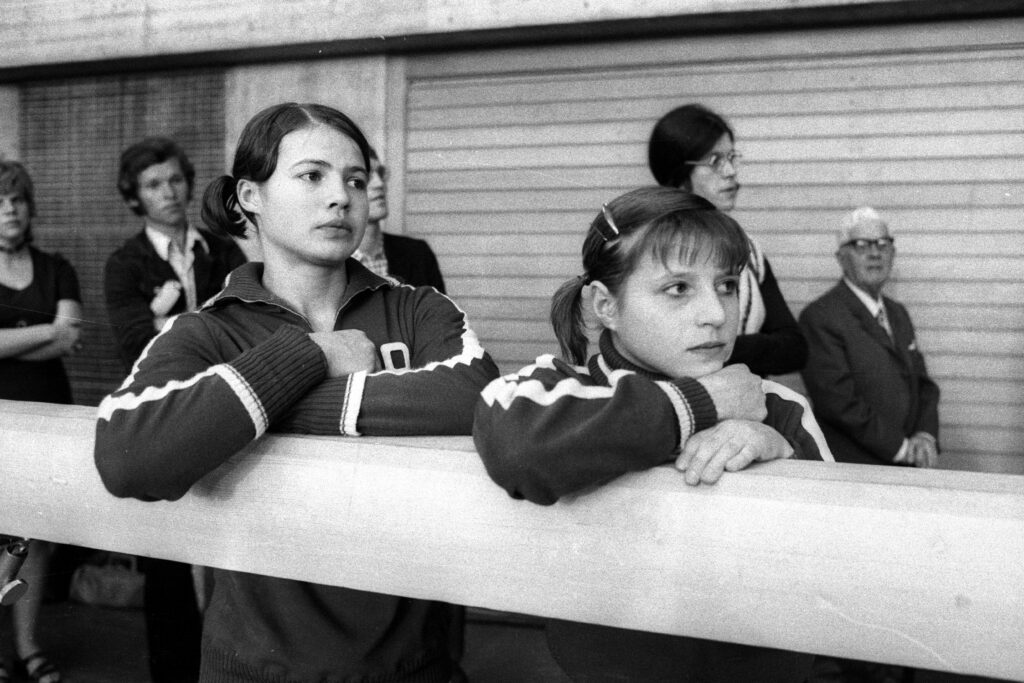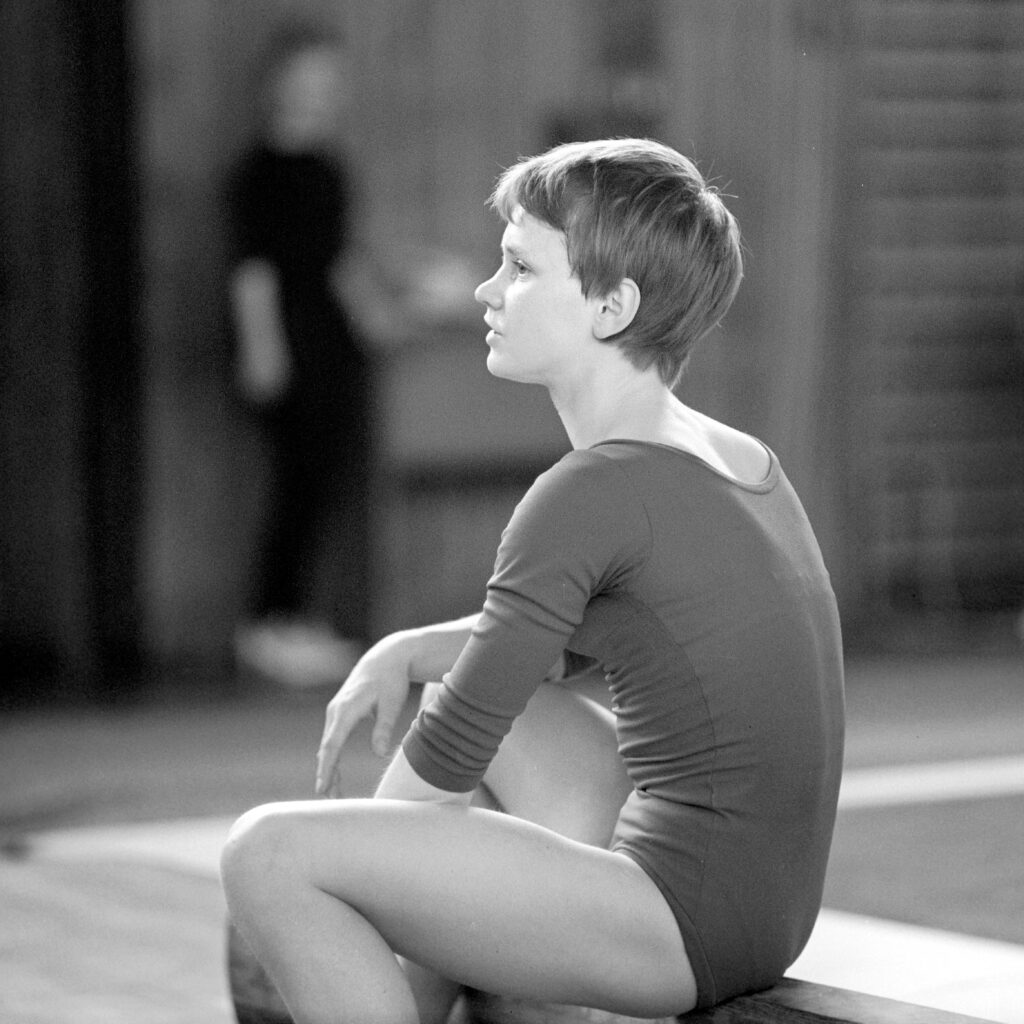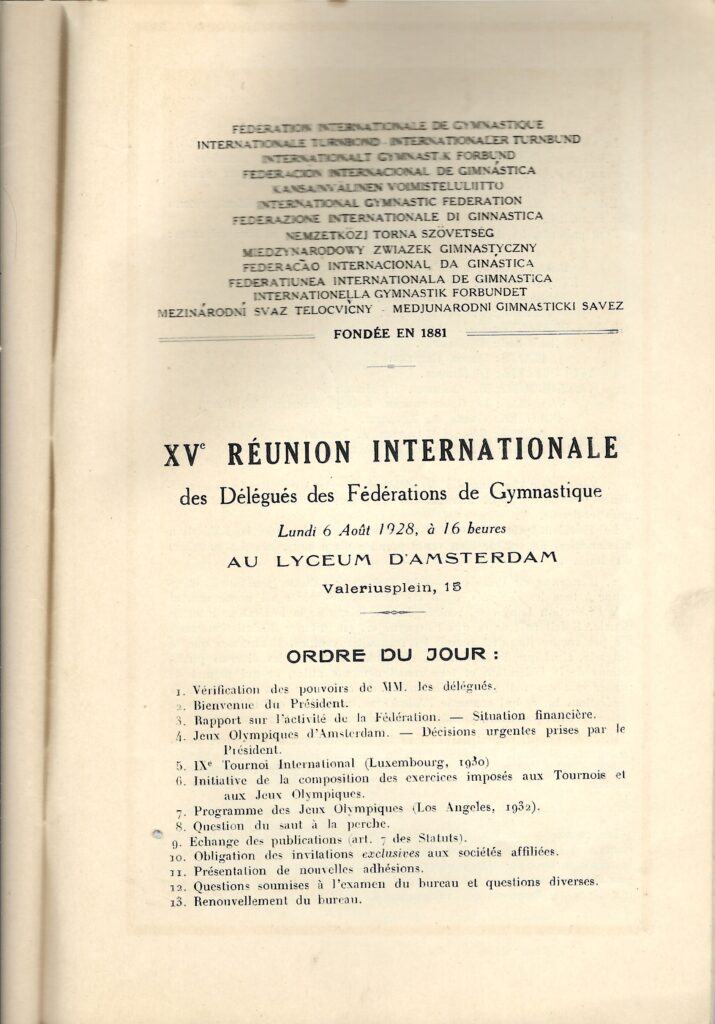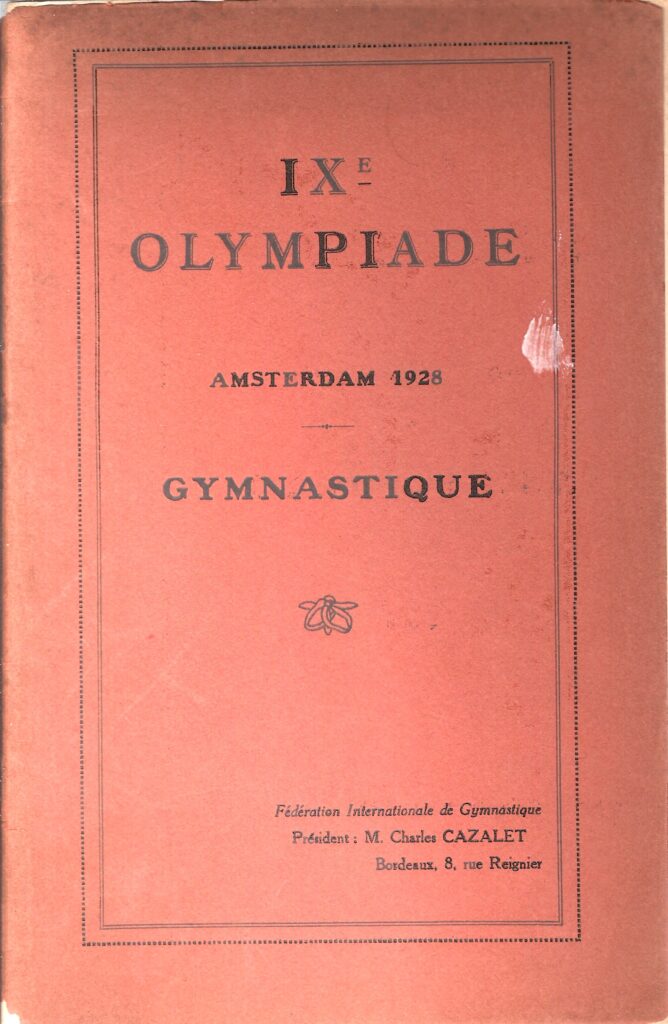After the USSR Championships in October of 1969, the Moscow newspaper Nedelia interviewed the head coaches of the women’s and men’s national teams: Larisa Latynina and Vladimir Smolevsky.
But instead of asking them about their respective teams, Latynina had to comment on men’s gymnastics, and Smolevsky had to comment on women’s gymnastics. It’s fascinating to see what each coach admires about the other discipline and what irks them, as well. For example, Smolevsky despises “bad ballet” on floor.
What follows is a translation of their remarks. (Thanks to Luba for her assistance.)






